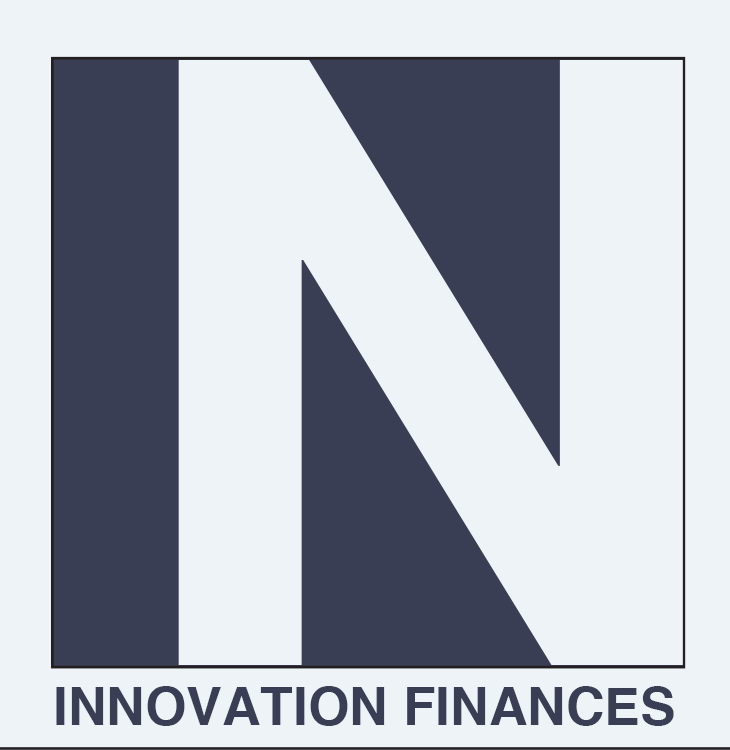Expense / Costs
Part of being the CFO of your small business is to be able to make sense of the numbers. Only once you can turn your data into usable information can you more effectively plan out your business. Understanding your expenses and costs is important because this is the key to understanding the profitability of your operation.
- Understanding Expenses – Understanding your expenses is the first step to being able to keep them under control. A good strategy is to organize your expenses into categories that allow you to see the underlying reason for the expense. Here are some ways to achieve this:
- regulation (e.g., government taxes, SOX compliance, etc.),
- customer acquisition (e.g., marketing, sales, etc.),
- organizational strategy (e.g., acquisition costs, strategy development, etc.)
- product/service delivery (e.g., product parts, product shipping costs, etc.),
- back office operation (e.g., accounts payable, billing, etc.),
- business operations (e.g., office phone, postage, etc.), or
- customer service (e.g., call center, web portal, etc.).
- Managing and Reducing Expenses – Once you understand your expenses, then you want to find the best way to manage and potentially reduce your expenses. In order to achieve this, you first need to be able to:
- Understand Who Initiates the Expenses
- Understand Why the Expenses Are Incurred
- Strategic Substitution – Strategic substitution is the process of identifying strategic alternatives to eliminate or reduce expenses. Some ways to achieve this are to:
- Redefine and improve business processes to improve efficiency
- Negotiate vendor prices
- Explore alternative products
- Consider outsourcing certain tasks
- automating business processes or functions; and
- eliminating or simplifying systems, procedures, processes, reports, etc. that add little or no value.
- Understanding Expenses – Using reports to understand your expenses is a great way to manage your expenses. Here are some reports to consider using:
- Expenses by Vendor Summary – This report shows your total expenses for each vendor.
- Check Detail – Provides detailed information about each check you’ve written, including date, payee, and amount.
- Transaction List by Vendor – Lists all transactions by vendor, so you can view your business activities with a specific vendor.
- Vendor Contact List – Lists each vendor’s name, company, phone number, email, mailing address, and account number.
- Paying expenses – Managing paying your bills can be a daunting task. Today, there are some great technology solutions that can allow you to more easily manage the paying of your bills such as with bank bill pay of Quickbooks Bill Pay. Solutions like these make managing the paying of your bills easy by utilizing tools to help automatically pay your bills. These online bill pay solutions allow you to manage your bills online and to pay them either via ACH or by 3rd party check. If you use Quickbooks, you can integrate this with your software and Quickbooks will automatically store the bill pay info and help automate the tracking within your business accounting. Some of the benefits of a bill pay program are:
- Automatic printing and mailing of your checks
- Making secure bank transfers
- Providing full remittance information
- Tracking the status of payments
- If integrated with your bookkeeping software, every payment is recorded automatically
- Utilizing bank-level, industry-leading security to protect the transactionExpense
